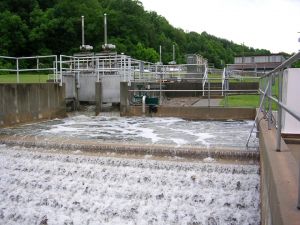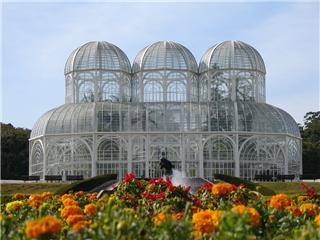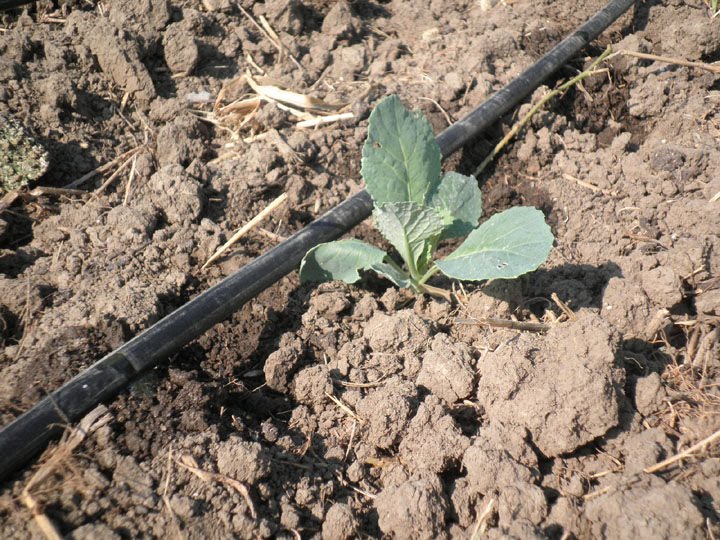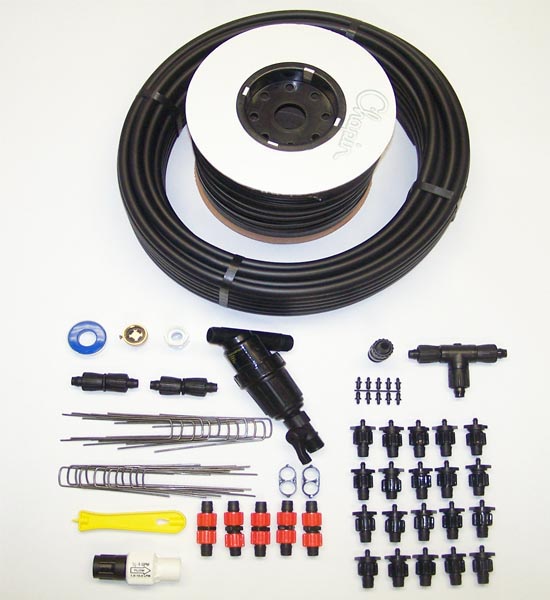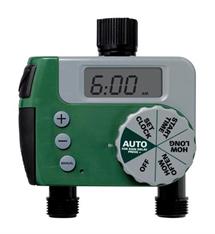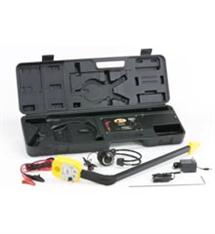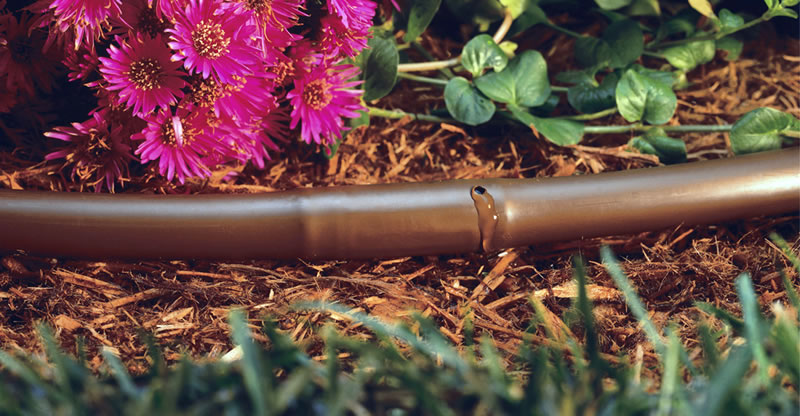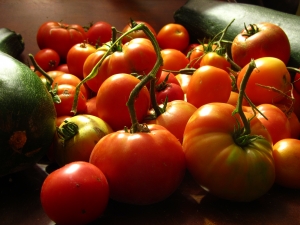Sewer pump stations at a baseball stadiums are important to both guest and player satisfaction.
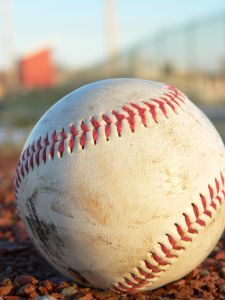
Let’s face it – one thing you do not want at a baseball stadium is a backed up or dysfunctional sewer pump station! Loud crowds and messy restroom areas are a sure bet you will miss the mark and lose the crowds. However, you can install and run sewer pump stations without striking out. Take a look at some of the options available for you.
Submersible Non-Clog Stations
These kinds of pumps have motors that are watertight since they operate underwater. They are capable of handling waste up to the size of a tennis ball, which is why it is called a non-clog station. Easily maintained without having to get into waste water, this type of station is often preferred by maintenance men. Not to mention, they are economical to run.
Dry Pit Stations
In this type of station, the pumps are located in a vault or dry-pit. The pumps in dry-pit pump stations are not submersed in sewage. These particular stations are located near a wet-well that is connected to sewage pumps via pipes. Sewage flows into the wet-well and is pumped into a forced main. This type of station is preferred by some because it does not require much in the way of repairs due to its lack of contact with sewage and it is easy to reach the parts for repair.
If you’re in charge of a sports facility and need professional advice on installing and maintaining a sewer pump station there, contact W. P. Law, Inc.


